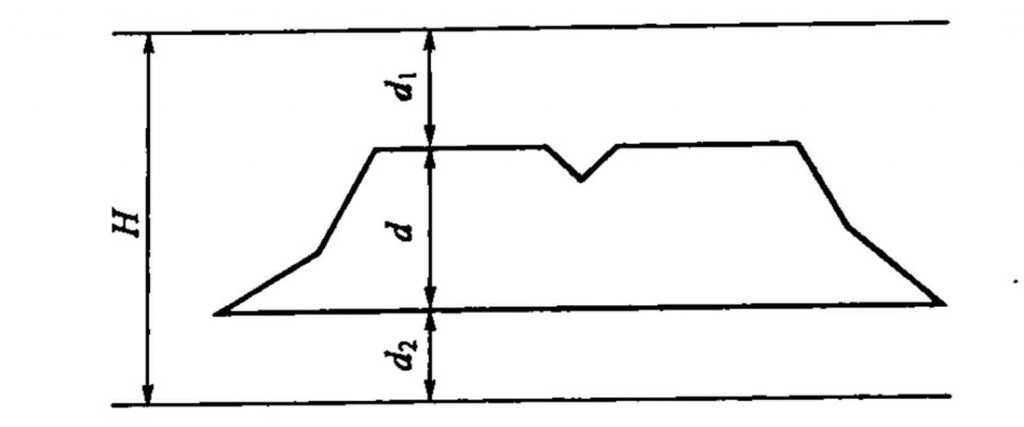Laser application in the suction cup manufacturing industry II
Advantages of laser cleaning Traditional mold cleaning methods include lye impregnation, sand blasting and manual brushing. These methods either erode the mold material, or are inefficient (such as manual cleaning), or affect the surface smoothness, while laser washing does not have these side effects.
Therefore, compared with the traditional method, it has the following advantages:
First, after the treatment, the surface is restored to cleanness, the pattern is kept clear, and the tolerance is not exceeded after cleaning;
Second, it does not bring pollution and does not constitute a human hazard to the operator;
Third, high efficiency and low cost are 10 times more efficient than traditional sand blasting methods. For example, the laser cleaning device developed by JET Laser Systems of Germany is used to clean 1500 sets of suction cup molds, which can save 6000 working hours manually. When the mold is washed, the surface of the cleaning surface is descaled by a laser beam with a power of 100,000 kilowatts, so that the dirt is gradually peeled off from the surface of the mold until it is completely removed. For specific use, the device can be applied to any of the following three methods:
The first type, laser dry cleaning, direct decontamination with a pulsed laser beam;
Secondly, the laser + liquid film, that is, first depositing a liquid film on the surface to be washed, and then descaling by laser irradiation;
Third, the laser + inert gas, that is, the krypton laser radiation, is blown with an inert gas to prevent re-contamination and oxidation.
(3) Measuring the size of the rubber suction cup
The laser can also be used for dimensional measurement of various parts of the suction cup. Compared to traditional measurement methods, it is not only fast, but also highly accurate. The resolution accuracy can reach 0.0254~0.0328mmo, so in general, it is a fast and efficient means. The detection content includes the suction cup radius, diameter and the like.

(4) Parts thickness measurement
There are two ways to measure the thickness of the laser. Two laser thickness gauges are used for thick objects.
Use one for the object. Take a rubber suction cup as an example (see Figure 10-7). Two units are required. After measuring the relative positions of the upper and lower surfaces, calculate by d=H-d1-d2, where d is the thickness of the suction cup, H is the distance between the two scanners, and d2 is the distance between the tread surface and the upper scanner, d2 is The distance between the lower surface of the tread and the lower scanner.